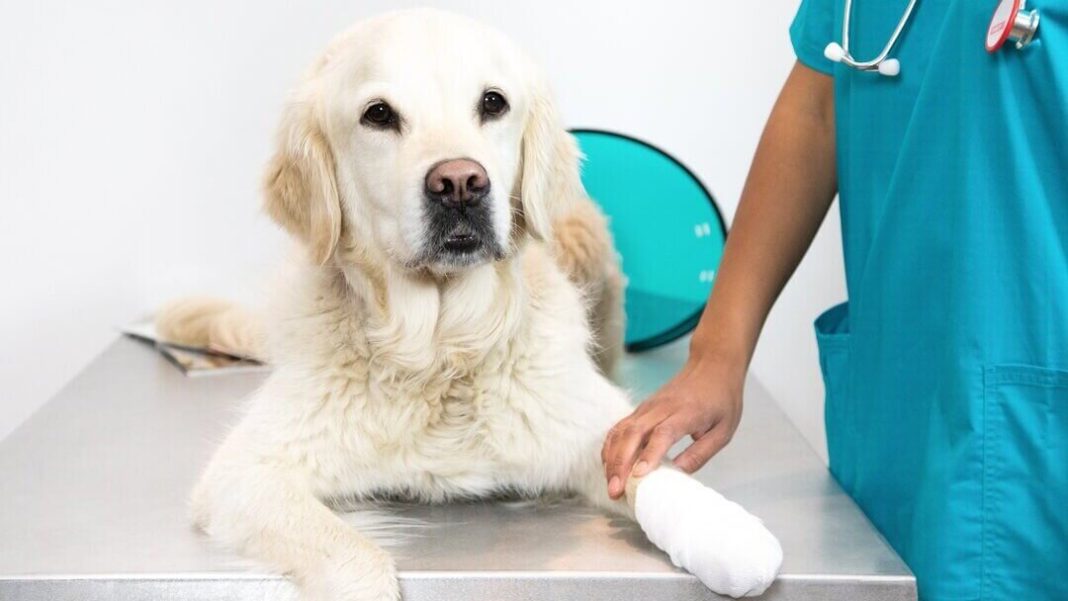It can be a traumatic experience when your dog gets injured. You may not know what to do to help them recover. Thankfully, there are many tips out there on how to nurse an injured dog back to health. We will discuss the 10 most important tips that you should follow.
Professional Medical Help
Number one on the list is to seek professional medical help. If your dog has been seriously injured, it is best to take them to see a veterinarian as soon as possible. Proper diagnosis of the injury is important, and the vet will give you specific instructions on how to care for your dog.
Keep the Dog Calm
Number two is to keep your dog calm. This may be easier said than done, but it is important to try. Dogs that are excited or anxious can often make their injuries worse. So, make sure they are calm and relaxed. You can do this by keeping them in a quiet room away from other animals or children.
Keep the Wound Site Clean
Thirdly, you will need to clean the wound site carefully. This step is important in preventing infection. You should use mild soap and warm water to clean the area. Be sure to rinse it well and pat it dry with a clean towel.
Antibiotic Ointment
Fourth, you will need to apply a topical antibiotic ointment to the wound if recommended by your veterinarian. Be sure to apply it to the wound as directed. This will help keep the area clean and protected from infection. The ointment will also help to soothe any pain and inflammation. Be sure to follow your veterinarian’s instructions carefully, and always wash your hands after applying the ointment. Do not step back from contacting your veterinarian for any queries or confusion.
Keep an Eye for Infections
Fifth, you should keep an eye on the wound site for any signs of infection such as redness, swelling, or discharge. If any of these symptoms start appearing, contact your veterinarian immediately.
Pain Killers
Sixth, you will need to provide your dog with pain relief medication if prescribed by your veterinarian. If your dog has been put on pain medication by your veterinarian, you must give them the medication as directed. This will help to ensure that they are comfortable while they are healing. Pain relief medication can come in a variety of forms, including tablets, capsules, liquids, and injections. Medication type depends on the severity of the pain and the cause of the injury. In some cases, over-the-counter pain medication may be sufficient. Nevertheless, consulting the veterinarian before giving your dog any medication is always a sane decision.
The Dog Doesn’t Lick the Wound
Seventh, keep your dog from licking or scratching the wound site. This can cause further irritation and delay healing. You can use an Elizabethan collar (cone) to help prevent them from reaching the area.
Proper Nutrition
Eighth, you will need to provide your dog with proper nutrition while they are healing. When your dog is healing from an injury, it’s important to give them food that is easy on the digestive system and also full of nutrients, like pet food Miami. This means avoiding high-fat foods and sticking to lean protein, including duck heads for dogs, complex carbohydrates, and plenty of fruits and vegetables. The dog should also have access to clean water at all times. Proper nutrition will help your dog heal faster and feel better during the recovery process.
Hold with Caution
Ninth, you should exercise caution when handling your dog. Be sure to support their weight and avoid moving their limbs too much.
Closely Monitor the Wound
Lastly, you should continue to monitor the wound site for signs of healing. Once the wounds have started to close up, you can begin slowly introducing activity back into your dog’s life.

